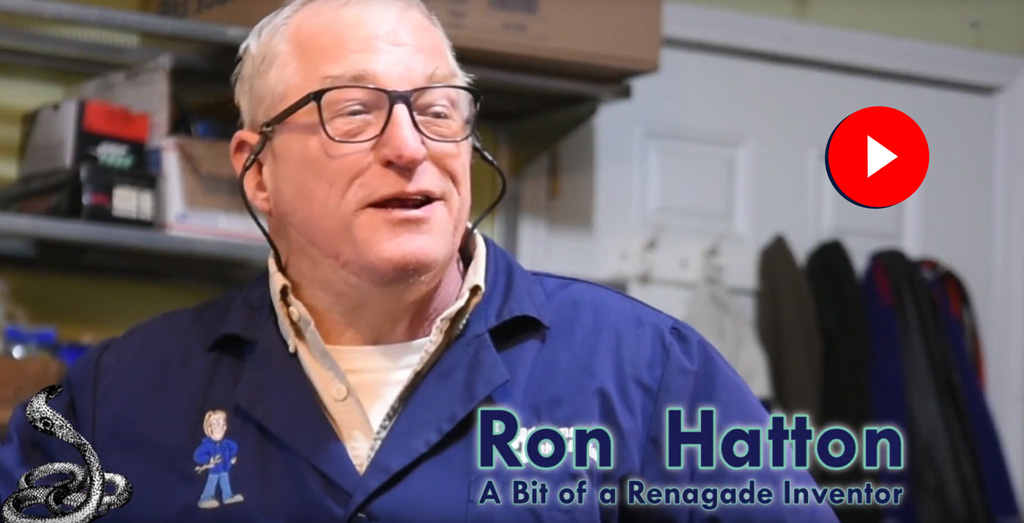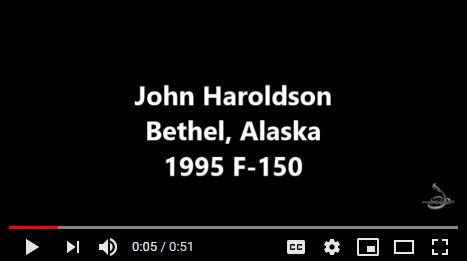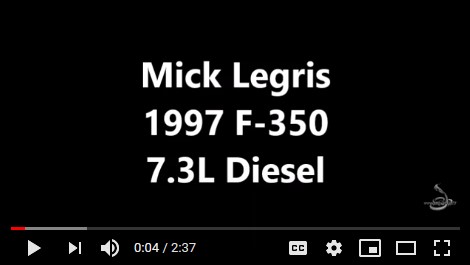“Snake Oil makes my car HAPPY!”
“This stuff is AMAZING,
why isn’t it in all auto parts stores?”
SnakeOil: The Revolutionary Engine Oil Additive for Maximum Efficiency
A bit about us
Who am I and Why am I here?
Hello, my name is Tracy Gallaway. In case you don’t know me, I was a close friend to Ron Hatton. I first met Ron in February 2012, when I went to Mesa (Arizona), to train in the Gadgetman Groove with Ron.
Ron taught me the fundamentals of the Groove technology and many other things, too. At times, being and learning with Ron was like drinking from a fire hose! He was really energetic and excited about so much. He had a motorhome … read more
Just a few testimonies
Father Luke in Alaska gets good results from Snakeoil
The fuel cleaner rocks.
Cleaned my mini cooper injectors when nothing else would, including BG44K. My car had 7 years of funk built up in the fuel pump and fuel injectors. Put it in with a fill up. Within 5 miles the car sounded different as it was no longer starved for fuel and the spray pattern was restored. It took 3 treatments to restore functionality of the injectors and reach new fuel pressure levels. It was that mucked up. But now, OMG!!!!! It runs like a raped ape! A truly fun drive.
Thanks Gadgetman.
Lewis V. Virginia, USA
Unleash Your Engine’s Potential with SnakeOil:
The Ultimate Nano-Tech Additive
Upgrade Your Engine’s Performance with
SnakeOil’s Anti-Friction Formula

No smoke and more power.
I just put a little in my 2-stroke blower. It started smoking so I put some in the in the gas and what a difference!
Daniel Lee

Lower Octane required.
I’m now running lower octane (saving money), and it’s running sweet, better than ever before!
California Jack

Over 10 more MPG’s!
I used to get 31 mpg’s in town. Last week, it was 42.6 and with a huge difference in driveability too!
George McCutchen

Saved from the Crusher!
Snake Oil saved my car from The Crusher. Saved major money on repairs. It can do the same thing for you too.
Aaron Malchewski

Unbelievable Results!
Once I tried Snake Oil, it was amazing! Unbelievable results. WONDERFUL mileage on my 2003 Dakota! Thanks so much.
Ryan

Great Product!
Within minutes of adding Snake Oil, it was running better. And easier starting in the deep cold winter!
Richard Holley

All around, it’s BETTER!
I got 4-5 more MPG’s, the valve train, heads a lot quieter, a lot smoother. Thank you for Snake Oil, it’s great!
Craig Rosen

More power and smooth!
With below zero temperatures in Saint Paul, start up is now immediate and smooth. I recommend giving this a shot!
Graham Wallevand

Better compression.
From 20 mpg’s to 27, and we gained between 25 and 45 PSI on each cylinder! It’s really smooth and really quiet now!
Rob Wolf

Teresa Schmuelgen
“What’s really nice is how smooth it sounds when you’re listening to it.Boy what a difference! Thank you!”
Teresa Schmuelgen
What’s this SnakeOil All About?
Tell me more!
About the Technology
Using a new compound called “C50” coupled with certain other substances, we are very pleased to offer a new additive that not only friction-proofs your engine and other equipment but by the same token heals worn components!
“This little thing?”
“What could it possibly do?”
Not only that, but in addition it gives most people better mileage and makes your oil changes last as much as FOUR TIMES LONGER!
Imagine, if you will, taking a small syringe adding less than a tablespoon of a strange milky substance to your oil.
So, you squirt it into your oil and you start the engine. It starts like it always has but in a few seconds, you hear something different start happening.
It sounds quieter.
Smoother.
And all those little ticks and jiggles seem to fade into nothingness.
That’s when the REAL magic starts happening. The ticks fade into nothingness, it seems to be running smoother, and you even have more power!









